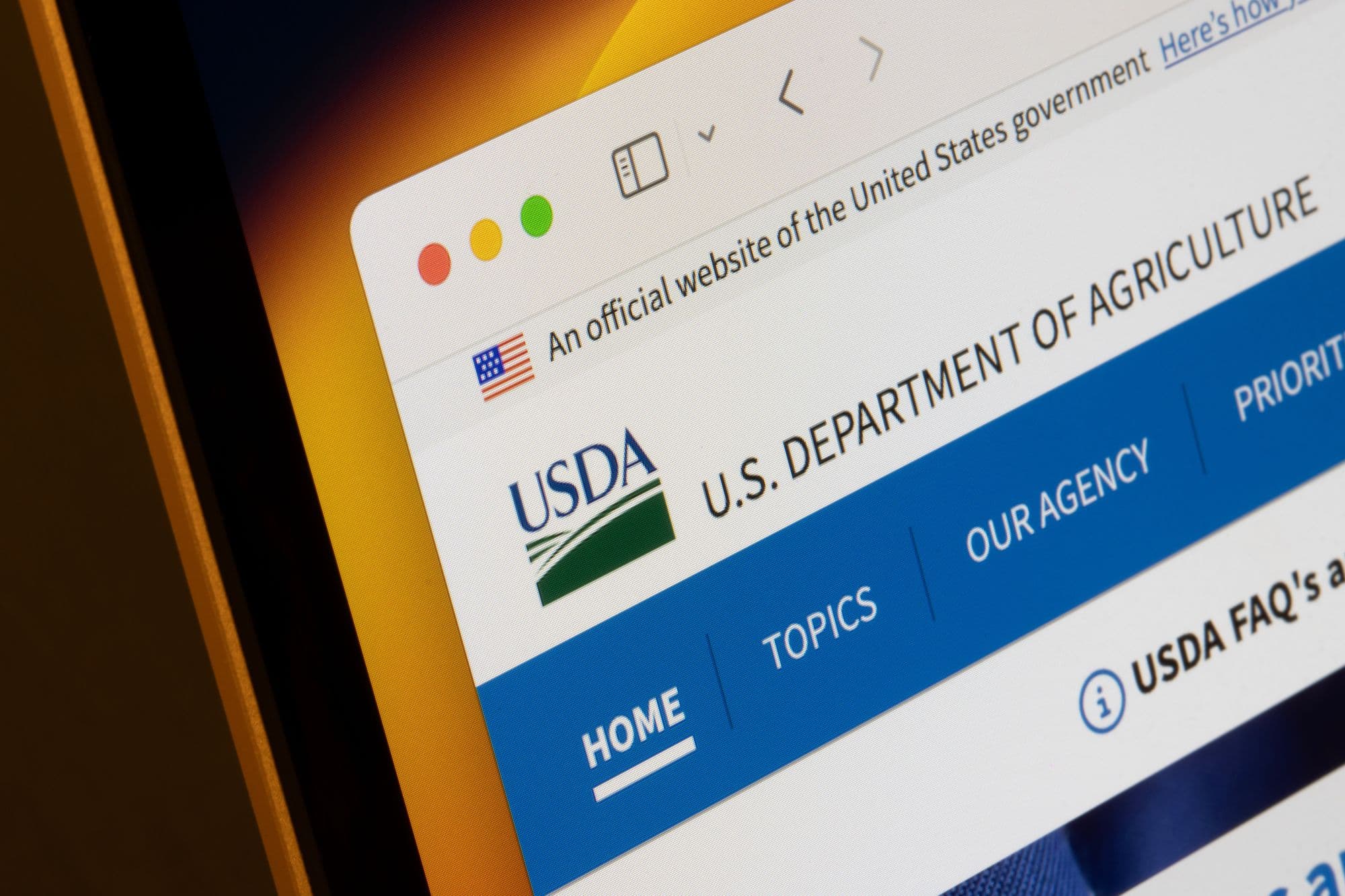Best Practices for Qualifying Borrowers Under AML Regulations

Money laundering is a significant problem in business. It can cause a lot of different problems for businesses in case they get accused of it. It’s estimated that as much as 5% of the global GDP is involved in some form of money laundering activities.
As a business in finance, it’s incredibly important that not only your services are great but that you adhere to a wide array of different regulations. For example, marketing companies need to pay attention to GDPR, and finance companies must adhere to very strict laws.
Regardless of whether you’re operating with small businesses, individuals, or organizations, you need to ensure that your customers are using legally obtained money. Furthermore, you should ensure that they aren’t involved in crime or terrorism.
Process of qualifying borrowers
There’s a standard procedure when it comes to qualifying borrowers for loans. Individuals might look for individual, mortgage, or auto loans, while businesses might look for larger funds to finance their expansions or operations.
The general process starts with assessing the borrower’s credit history, ensuring that their repayment behavior leads to a conclusion that they’ll likely be responsible in the future as well. Their credit score plays an important part as well.
Once their history is assessed, your company must confirm the borrower’s financial stability. This differs depending on the type of loan that they are looking to secure, as well as the total amount of the loan.
In terms of qualifying borrowers financially, finance companies must ensure that their Loan-to-Value and Debt-to-income are proper, that the borrower has the ability to repay the debt, and that they aren’t overleveraged.
Now, once we’ve covered the basics of qualifying a borrower for a loan, let’s move on to the topic of anti-money laundering.
If the individual covers all the requirements for a loan, you need to ensure that they comply with AML regulations. This is achieved through conducting due diligence or by using tools such as SEON’s platform to check their background, understand their source of funds, and search for them in relevant watchlists.
Are you a Mortgage Loan Originator looking for CE this year? MLO Force makes NMLS Continuing Education as affordable and painless as possible.
Best practices for qualifying borrowers
The exact process of ensuring that your business is adhering to AML regulations varies from one region to another. However, these methods will help you nonetheless.
Ensure that you have a complete understanding of laws and regulations you must comply with, and then apply these practices in order to ensure maximum business safety.
1. KYC Procedures
KYC procedures are crucial for businesses such as banks, casinos, and bookmarkers if they want to avoid fines and problems. These businesses operate with large quantities of money and must ensure that their customers aren’t involved in crime.
A KYC procedure requires the user to verify their identity by sending their basic information, such as name and address, together with personal documents, such as an ID or a passport. This way, the companies can perform background checks in collaboration with authorities and regulatory bodies.
Some individuals think that KYC procedures are an intrusion of privacy, but there’s basically no better way to confirm one’s identity and background. Of course, if you’re a bank, you’ll have customers from various backgrounds.
Just because someone served time in jail doesn’t mean that they’re still involved in crime or money laundering, for example. To adequately handle such situations, you’ll need to rank your customers by risk.
Those who pose little to medium levels of risk can be continuously observed in order to ensure that they aren’t becoming involved with crime. Furthermore, your databases should always be up-to-date with the latest information and KYC requirements.
2. Customer Due Diligence
There’s a reason why loans aren’t given to anyone without a proper check on their financial state. The borrower must complete a CDD process that consists of checking their background, sources of income, and business activities.
For example, if they were involved in murky business activities in the past, chances are that they are still involved and pose some level of risk. The CDD process also includes screening against blacklists and international sanctions lists.
There are also lists of politically exposed persons who also require additional checks in order to be granted loans. For business borrowers, it’s important to identify the real owners of the business.
3. Employee training for AML procedures
Your company’s processes will likely be streamlined in order to maximize efficiency, all while satisfying the latest regulations. However, it’s also important for each individual employee to recognize problematic requests and individuals.
For example, bank clerks or IT experts that handle some parts of process should be able to recognize potential for risk in their role. Suspicious activities should be reported as soon as possible, making the screening process much more efficient and alleviating unnecessary workload from other parts of the company.
4. Compliance audits
While CDD and KYC procedures are essential for ensuring compliance with AML regulations, client’s data needs to be properly taken care of. If you don’t do it properly, the process of qualifying borrowers can lead to other problems.
With extraterritorial regulations in place such as GDPR and CCPA explained by Mandatly, financial institutions need to pay attention to the ways in which they gather, store, and process data. This is especially important for companies in finance as they gather a lot of sensitive personal information.
It’s just as important to regulate cookies with Termly alternatives, for example, or other user consent management platforms. Regular compliance audits should help you ensure that you’re properly managing client data regardless of their background.
Failing to adhere to data regulations, or suffering a data leak, can lead to reputational blows and expenses. These consequences aren’t all that lighter than the ones you’d suffer from in failing to adhere to AML regulations.
5. Collaboration with authorities
The role of authorities is crucial in companies operating in finance. These companies can have a significant impact on society, and they can be exploited for money laundering or other forms of crime.
It’s incredibly important to always consult with relevant authorities when introducing new processes and procedures. Furthermore, you should always report your obligations, submit SARs, and adequately handle paperwork and documentation.
The financial landscape is quite fluid, and it’s not a surprise if a few new regulations and rules are adopted every couple of months. This is why you need to keep on top of them by having legal teams that will help you introduce or change your processes when needed.
6. AML Solutions and services
While companies that have been operating in finance exist for hundreds of years, as well as regulatory bodies that handle them, there’s still plenty of room for innovation. There are platforms and services that automate a significant portion of AML processes and help you save time and resources.
Platforms that leverage AI, ML, and the latest technology in order to help you with customer screening, and the recognition of problematic transactions. These services come packed with a number of features that are going to protect your business from a number of risks.
For example, you’ll be able to reduce the chances of account takeover, having users with synthetic identities, and consolidate your compliance requirements in one platform.
However, you need to be careful when adopting third-party platforms, as they must be vetted and compliant as well. If they happen to suffer from a data leak, chances are that you’ll be in trouble as well if you’ve shared your customer’s data with them.
7. Transaction monitoring
Large companies that handle numerous transactions can find it impossible to track all of them. However, there are a number of different tools that can help them streamline this process. With the implementation of AI and ML technology, it’s possible to significantly improve their security.
Monitoring all transactions is possible, yet extremely costly and requires resources. However, in an article Integrated Finance states that tracking unusual transactions from risky accounts, sudden high-value transactions, and other examples that are considered suspicious can help with the prevention of money-laundering activities.
Adhering to AML regulations is essential
When it comes to financial institutions, governments have pretty polished procedures. After decades, and sometimes centuries, the knowledge and processes we have about money laundering are significant.
This has led to the adoption of numerous laws and regulations that businesses must comply with. If you don’t, it will be found out soon, and you’ll suffer consequences that can completely destroy your business.
Through the practices and methods mentioned in this article, you’ll lower your chances of failing to comply and make your business more reputable and secure.







